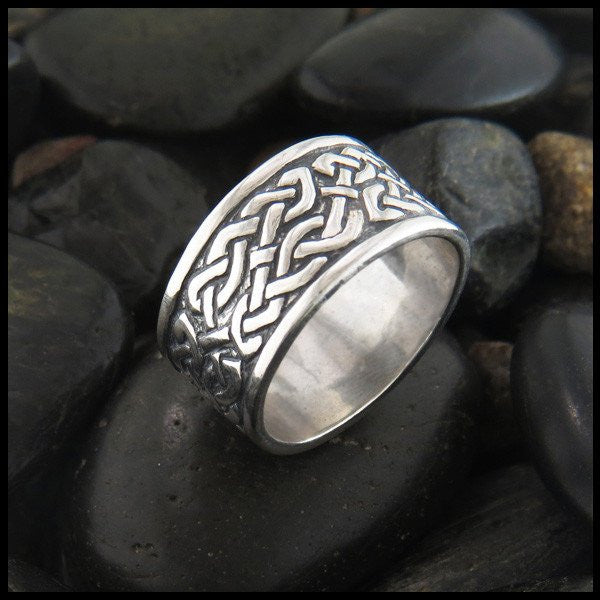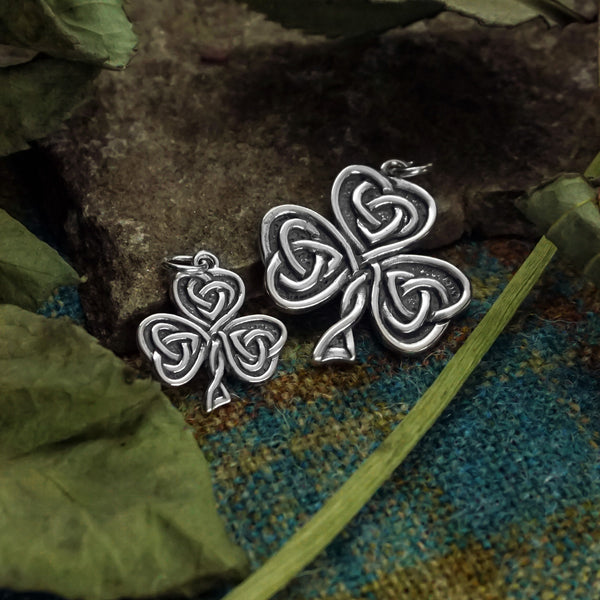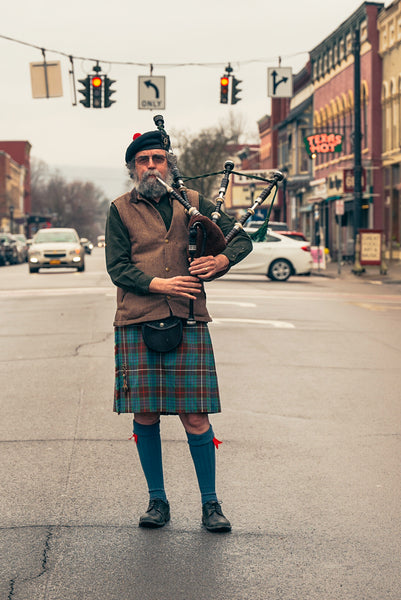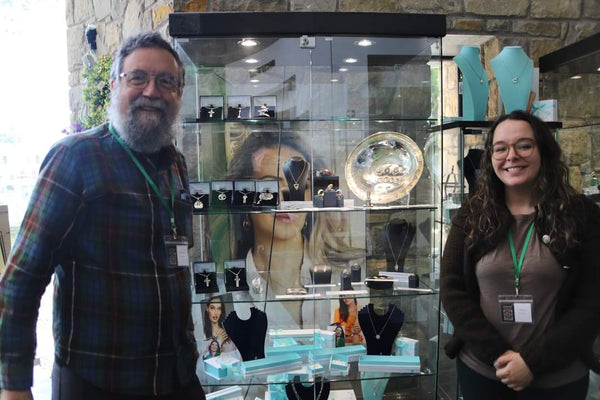February 08, 2014

When I was a youth learning to play the Highland bagpipe, I copied a chart from one of my tutors that showed who studied with who, from the living masters that my teachers learned from, back to Angus MacKay, the piper to Queen Victoria and through him back to the MacCrimmons, the hereditary pipers to the chiefs of the MacLeods. From Finlay MacCrimmon in the 16th century down to myself I recorded nineteen generations of tuition. In the not so distant past the only way to hear and to learn music was to hear it live and this is still the best way. Recordings and broadcasting have transcended time and space somewhat, but the rare earliest recordings are now barely over a century old. Written music is of course older, but the fact remains that most traditional musicians learn their art from others on a face-to-face basis. Tunes and influences from recordings are still for the most part learned directly from other living musicians.
Our heritage of traditional music is dependent on an unbroken chain. Until the present era of recordings, only real time human contact has been the way that tunes, lyrics and musical technique have been passed from one generation to the next. In the visual arts of graphics and sculpture this limitation is not the case. While we can only hear the music of ancient times as it survives in a living tradition, we can see surviving examples of artwork hundreds or thousands of years old and the observant student of art can acquire images, influences and techniques directly from the distant past. Unlike musicians, most Celtic artists and designers working today are self-taught and only a few have had the benefit of a one-on-one teacher. Yet every day thousands of people are exposed to monuments of Celtic design that have stood on the same spots for a thousand years. The survival of monumental stone carvings in the form of the High Crosses and other monuments has meant that Celtic design has been a constant part of the visual world in the Celtic lands even when sometimes for generations the art was not practiced.
Comments will be approved before showing up.

March 12, 2024

February 23, 2024
Thousands of photographs were taken. Help find at least one.
Were you a tourist in London, Dublin or Paris in 1975 – 1978? Did you see a street performer playing bagpipes? Did you take his picture? Was it Steve Walker? If you can share that picture with Walker Metalsmiths you could score some sweet Celtic jewelry.

June 26, 2023
Sign up to get the latest on sales, new releases and more …
Monday-Friday 9-5
Saturday 10-3
